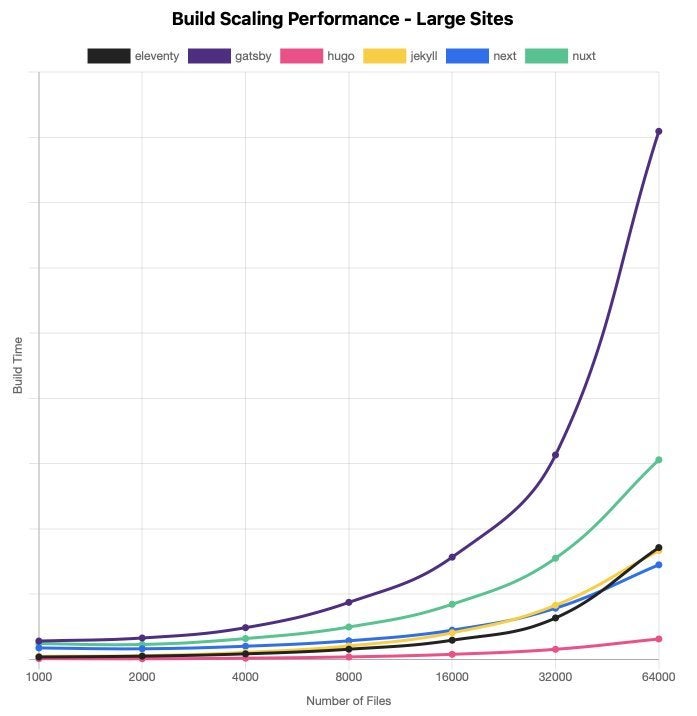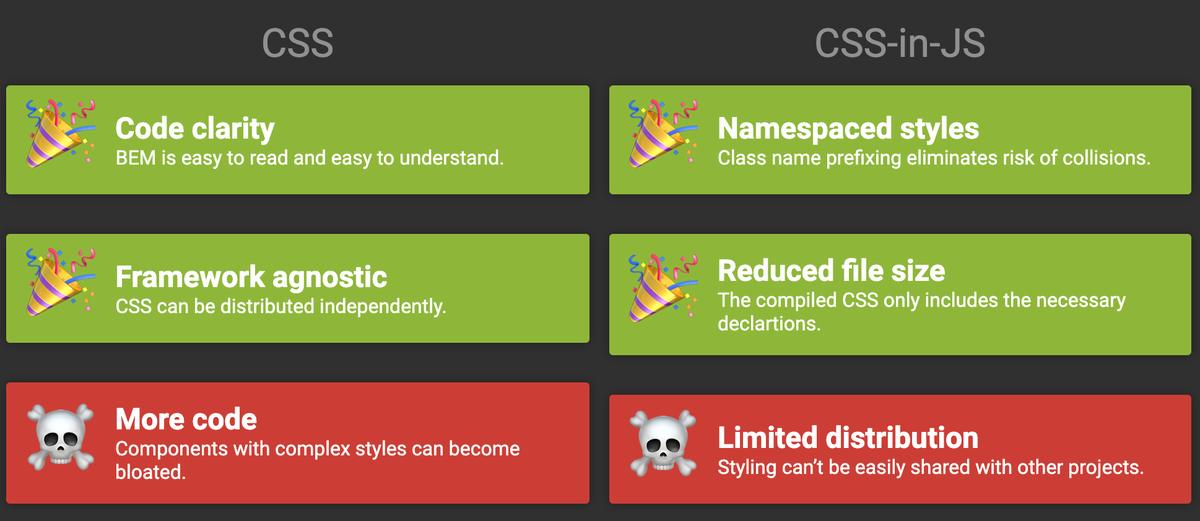When you add anything with user-generated content or dynamic data to a static site, the complexity of the build process can become comparable to launching a monolithic CMS. How can we add rich content to static sites without stitching together multiple third-party services?
Every time I get into the nitty gritty of JAMStack implementations with anything but static content sites I end up saying (or merely thinking to myself), “This sounds like a whole lot of work to avoid some server-side rendering…”
This piece on CSS Tricks appears to back up that premonition:
Despite my enthusiasm, I’m often disheartened by the steep complexity curve I typically encounter about halfway through a JAMstack project. Normally the first few weeks are incredibly liberating. It’s easy to get started, there is good visible progress, everything feels lean and fast. Over time, as more features are added, the build steps become more complex, multiple APIs are added, and suddenly everything feels slow. In other words, the development experience begins to suffer.
The good news is there are many smart, talented folks working on solving the various challenges that JAMStack sites face.

